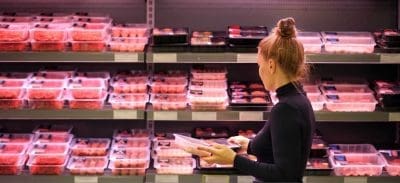An RBA rate hike as early as next week is being touted in mainstream media reports today following the release of data showing the rate of inflation in Australia accelerated to 5.1 per cent over the 12 months to March.
Treasurer Josh Frydenberg said the higher inflation rate has been driven by housing, construction costs, food and transport – particularly fuel costs, which have increased 33 per cent in the past year.
The RBA targets inflation of between 2-3 per cent over the medium term, and today’s figures suggest the central bank is now facing pressure to lift rates earlier than it had previously indicated may be likely in a bid to reduce inflationary pressures.
Highest year-on-year rise in food prices for a decade
 The latest quarterly Consumer Price Index data from the Australian Bureau of Statistics released today shows food price inflation accelerated in the quarter to March 2022, with food prices recording the highest year-on-year rise in more than 10 years, according to Rabobank.
The latest quarterly Consumer Price Index data from the Australian Bureau of Statistics released today shows food price inflation accelerated in the quarter to March 2022, with food prices recording the highest year-on-year rise in more than 10 years, according to Rabobank.
Rabo has warned consumers should be bracing for further food price rises in coming months, as the impacts of higher transport costs, supply chain disruptions and other increased input costs make their way through the system.
Headline numbers for food prices in the March 2022 quarter CPI are a 4.3 percent increase year-on-year and 2.8 percent from the previous quarter.
There is broad-based price inflation across the “food complex”, with rises recorded across all major grocery food product categories.
Food price rises were the highest in the grocery channel.
There was reported inflation in foodservice, but this was ‘softened by meals out and takeaway foods (+0.7pc), which saw price rises partially offset by voucher schemes reducing out-of-pocket costs for consumers in some cities.’
Horticulture was a major contributor to the food inflation recorded – vegetables (+6.6pc) and fruit (+4.9pc) prices higher year-on-year.
Higher cost of meat, seafood and dairy were also significant contributors to food price inflation in the quarter.
Higher transport costs, supply chain disruptions and increased input costs were the main cause for food price rises.
In addition, the impacts of flooding in New South Wales and Queensland – which affected some agricultural production and supply chains – started flowing through from March.
